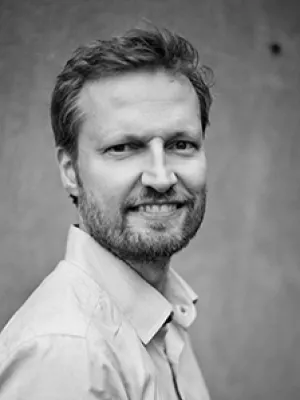
Mikael Klintman
Professor

The Formation of Green Identities - Consumers and Providers.
Författare
Redaktör
- Anders Biel
- Bengt Hansson
- Mona Mårtensson
Summary, in English
The electricity sector was deregulated in 1997. Even before that date some Energy Companies had begun to diversify their supply of electricity. Wind power energy was labelled as environmentally benign. Although green electricity plays a minor role in the supply of energy from all energy companies in Sweden it has played an important role in marketing and labelling firms to be aware of the environment. The “invisible” good green electricity could at least in mental processes be separated from grey electrons.
Consumption of public utilities electricity and waste collection are necessary goods and services in every household in modern societies. There is no possibility to enlarge the stock of consumers as it can be on a free market. The companies in a deregulated electricity and waste collection market are extremely dependent on consumer attitudes to and credibility in their company to keep them and to win new clients from competing firms.
Product and tariff differentiation (PTD) functions as measures for providers to establish a green identity visible for consumers in their evaluations of the provider image. The relation between provider and consumer established through product and tariff differentiation is not only an economic relation but includes as well ecological, environmental and social aspects. The relation is a sophisticated network of shared advantages and disadvantages in creating green images and green identities related to public consumption of visible services, waste collection, and invisible goods like electricity. Relations between providers and consumers in establishing their green identities and green images and the functional aspects of product and tariff differentiation will be analysed theoretically. The empirical analysis relies on interviews with providers and consumers within the waste and electricity sectors in Sweden, The Netherlands and United Kingdom.
Avdelning/ar
- Sociologi
Publiceringsår
2003
Språk
Engelska
Sidor
66-90
Publikation/Tidskrift/Serie
Individual and Structural Determinants of Environmental Practice.
Dokumenttyp
Del av eller Kapitel i bok
Förlag
Ashgate
Ämne
- Sociology (excluding Social Work, Social Psychology and Social Anthropology)
Nyckelord
- sociologi
- consumers
- sociology
- providers
- tariff differntiation
- electricity
- waste
Status
Published
Projekt
- Utvägar
Forskningsgrupp
- Ways Ahead/Utvägar
ISBN/ISSN/Övrigt
- ISBN: 0-7546-3217-2

